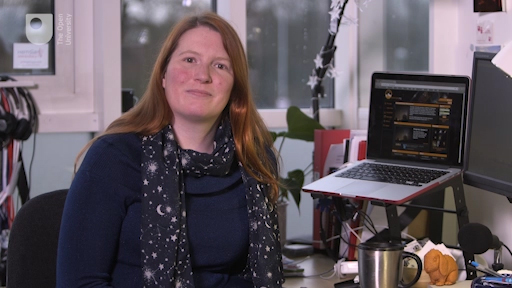6 Concluding thoughts
You have now reached the end of this short course on Astronomy using an online telescope.
During the past eight weeks you have used a remotely operated telescope located thousands of miles away in Tenerife to take images of objects hundreds, thousands and even millions of light years away. In the first four weeks of the course you learned your way around the night sky and found out about optical systems, including telescopes and how to use your own night-adapted vision to best effect when observing. Using your knowledge of celestial coordinates you were able to plan your observations of Messier objects and program the COAST telescope to obtain spectacular images of one or more of these interesting objects.
In the second half of the course you have made some first steps into the field of astrophysics, learning about the nuclear reactions that produce energy in the core of the Sun and other stars. Using Einstein’s famous equation you were able to calculate the expected lifetime of the Sun, and extending this to other stars, to see how the life cycles and evolution of stars are determined by the nuclear processes in their cores. In this way, astrophysics shows us how the physics of the very small is intricately linked to the physics of the very large.
At certain stages of their life cycles some stars become variable, and some binary stars appear variable if the two stars eclipse each other as seen from Earth. In the final part of the course you have used COAST to study one such eclipsing binary system, building on results from SuperWASP, and combining your results with those of other observers to form a light curve.
In completing the variable star investigation you have made use of knowledge and skills developed in the earlier part of the course, applying these to a more challenging investigation. As you continue in a career in science you will continue to build on previous experience in the same way, using information and experience that you have gained to take you ever further. As you have seen, working with others is also central to scientific investigation, allowing you to become part of a community, to make use of facilities such as COAST and to contribute to the growing body of scientific knowledge. And now here’s a final message from course co-author Jo:

Transcript
Learn more
We very much hope that your investigations on this course have inspired you to want to find out more about astronomy, astrophysics and scientific investigation. To find out more about taking your studies further with The Open University, please visit OpenLearn at:
http://www.open.edu/ openlearn/ [Tip: hold Ctrl and click a link to open it in a new tab. (Hide tip)] and the main Open University website at:
http://www.open.ac.uk/ courses/ find/ astronomy-and-astrophysics where you will find information on courses leading to certificates, diplomas and degrees.
Thank you for taking part in this online course, and we wish you every success in your future studies.
